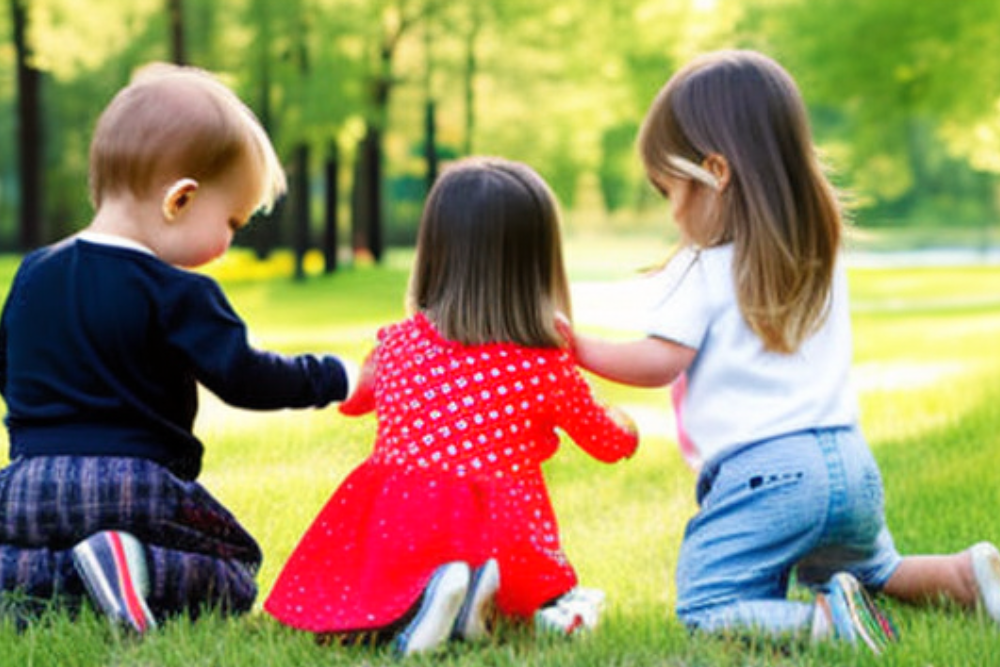
As we become more aware of the impact of our choices on the environment, it’s important to consider the clothing we purchase for our children. Children’s clothing is a big contributor to environmental degradation, with the production of conventional clothing using vast amounts of energy and resources, and often ending up in landfills after a short time. Fortunately, there are many eco-friendly clothing options available that are better for both the planet and our children. In this article, we’ll explore some of the options for eco-friendly children’s clothing.
Organic Cotton Clothing
One of the best eco-friendly clothing options for children is organic cotton clothing. Conventional cotton production uses a huge amount of pesticides and water, which can harm the environment and people working in cotton fields. Organic cotton, on the other hand, is grown without the use of harmful chemicals, making it a better choice for the environment and for our children’s health. Organic cotton clothing is soft, breathable, and comfortable, making it perfect for children’s sensitive skin. There are many brands that offer organic cotton clothing, such as Burt’s Bees Baby, Under the Nile, and Touched by Nature.
Upcycled Clothing
Another eco-friendly clothing option for children is upcycled clothing. Upcycling involves taking old clothes and turning them into something new and useful, rather than throwing them away. This is a great way to reduce waste and create unique, one-of-a-kind pieces for your child’s wardrobe. There are many upcycling brands that specialize in children’s clothing, such as Wunderkin Co., Littlest Sidekick, and My Little Shop.
Hemp Clothing
Hemp clothing is another great eco-friendly option for children’s clothing. Hemp is a sustainable crop that requires less water and pesticides than conventional cotton. Hemp clothing is also durable and long-lasting, making it a good investment for children who tend to wear out their clothes quickly. Some brands that offer hemp clothing for children include Nohi Kids, Kate Quinn, and Aunty Ollie.
Recycled Clothing
Recycled clothing is another eco-friendly option for children’s clothing. Recycled clothing is made from fabric that has been reclaimed from old clothes, cuttings from clothing factories, or other sources. This reduces the amount of waste going into landfills and saves resources that would be used in the production of new clothing. Brands that offer recycled clothing for children include Frugi, Tootsa, and Moromini.
Bamboo Clothing
Bamboo clothing is another eco-friendly option for children’s clothing. Bamboo is a renewable resource that requires less water and pesticides than conventional cotton. Bamboo clothing is also naturally antibacterial and moisture-wicking, making it a great choice for active children. Some brands that offer bamboo clothing for children include Kickee Pants, L’ovedbaby, and Colored Organics.
Linen Clothing
Linen clothing is another eco-friendly option for children’s clothing. Linen is a natural fiber that requires fewer resources to grow than conventional cotton. Linen is also lightweight and breathable, making it perfect for warm weather. Some brands that offer linen clothing for children include Jamie Kay, Bella + Frank, and Little Bipsy.
Wool Clothing
Wool clothing is another eco-friendly option for children’s clothing. Wool is a renewable resource that requires less water and pesticides than conventional cotton. Wool is also naturally fire-resistant and temperature-regulating, making it a great choice for children’s outerwear. Some brands that offer wool clothing for children include Disana, Mabo, and Purebaby.
Fair Trade Clothing
Fair trade clothing is another eco-friendly option for children’s clothing. Fair trade clothing is made by workers who are paid fair wages and work in safe and healthy conditions. This ensures that the production of the clothing is not only environmentally sustainable but also socially responsible. Brands that offer fair trade clothing for children include Pact, Art & Eden, and H&M Conscious.
Conclusion
In conclusion, there are many eco-friendly clothing options available for children that are better for the environment and our children’s health. By choosing organic cotton, upcycled, hemp, recycled, bamboo, linen, wool, or fair trade clothing, we can reduce our impact on the environment while also supporting sustainable and ethical production practices. It’s important to do our part in creating a more sustainable future for our children by making conscious choices when it comes to the clothing we purchase for them.
